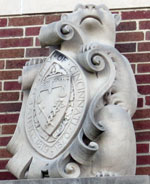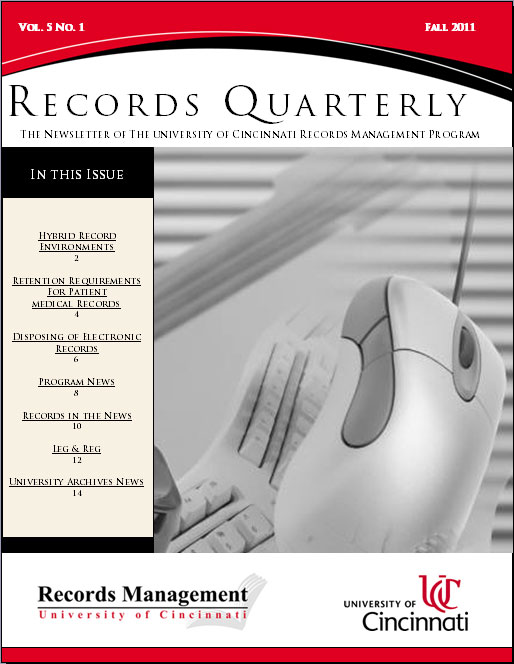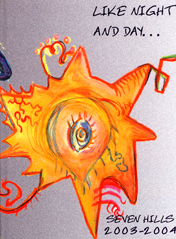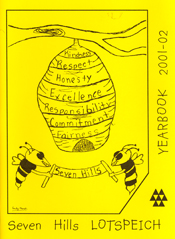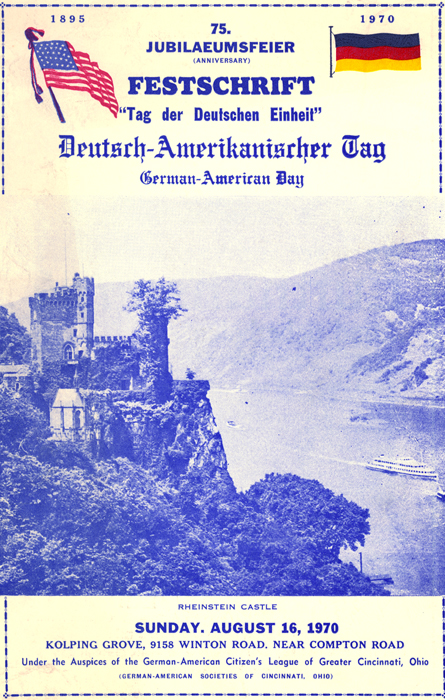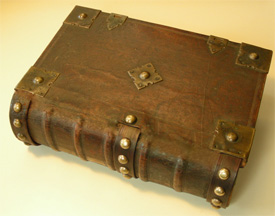By Kevin Grace
The first 50 Minutes – 1 Book lunchtime talk for this academic year will be held Thursday, December 8, in the Archives & Rare Books Library, in the Schott Seminar Room, 814 Blegen Library at 12:00 noon.
Greg Hand will discuss the book variously known as “The Cincinnati Guide” or “The WPA Guide to Cincinnati,” although its actual title is Cincinnati: A Guide to the Queen City and its Neighbors, published in 1943 and written by the workers of the Federal Writers Project. In the seven decades since publication, it has become an essential starting point for historians of Cincinnati. For this discussion, Hand will talk about the Great Depression and the WPA in Cincinnati and Ohio. He will review the development of the guide, its reception on publication, and a great deal about the post-WPA life of its editor.
Last year, the 50 Minutes – 1 Book series featured presentations on the world’s smallest book, a book bound in human skin, the work of local bookbinder and designer Gabrielle Fox, and Barry Moser’s magnificent Pennyroyal Caxton Bible. As we renew the lunchtime presentations, we look forward to more wonderful discussions about books. January’s talk will be on Cervantes’ Don Quixote, presented by Jerry Newman.
Please join us on December 8 for another casual noon get-together. Bring your lunch, order in, or just come to listen, look, learn, and converse. All students, faculty, and staff are very welcome.

